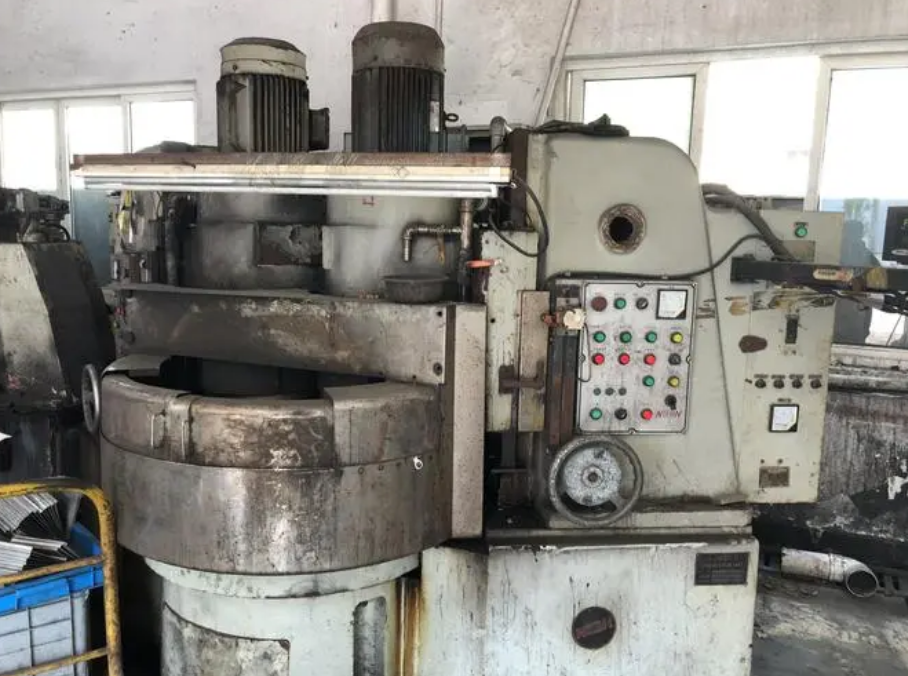Angle Grinder Extension Connecting Rod: Enhance Your Grinding Capabilities discusses the benefits and features of extension connecting rods designed to improve the performance and versatility of angle grinders.
An angle grinder is a versatile power tool used for grinding, cutting, and polishing various materials. One of the ways to expand the capabilities of your angle grinder is by using an extension connecting rod. This accessory allows users to reach otherwise inaccessible areas and tackle a broader range of tasks.
Improved reach: The primary advantage of an angle grinder extension connecting rod is its ability to extend the reach of the grinder. This enables users to work on surfaces that might be challenging to access with a standard angle grinder, such as tight corners or deep recesses.
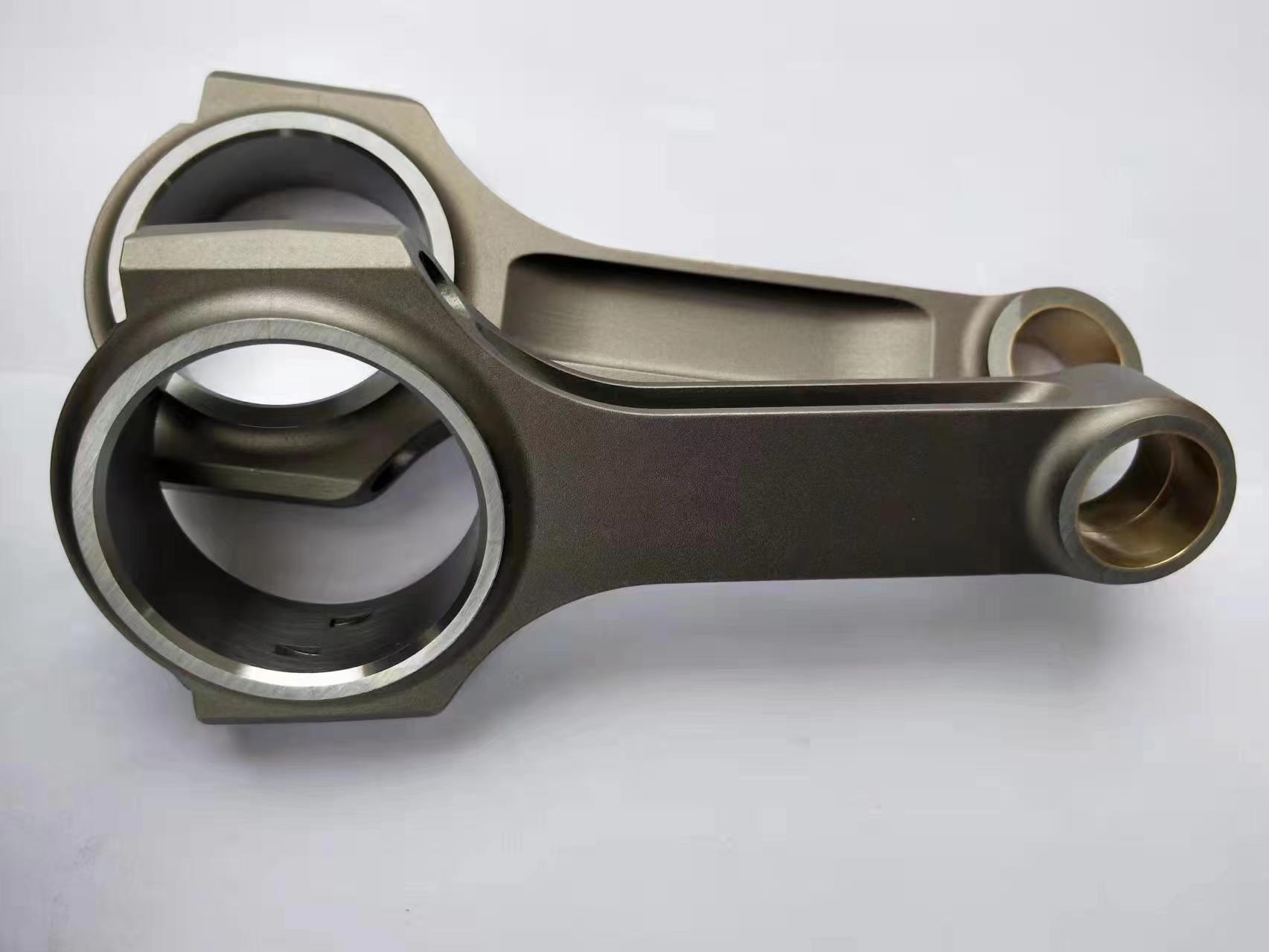
Versatility: By using an extension connecting rod, you can turn your angle grinder into a multi-functional tool. This accessory allows you to attach various attachments, including wire brushes, flap discs, and grinding wheels, further enhancing the versatility of your angle grinder.
Easy installation: The installation process for an angle grinder extension connecting rod is straightforward and does not require any special tools. Users can quickly and easily attach the extension rod to their angle grinder, making it a convenient and practical accessory.
Increased safety: Using an extension connecting rod with your angle grinder can improve safety during operation. By providing additional reach, the extension rod allows users to maintain a safe distance from the workpiece, reducing the risk of injury from sparks or debris.
Compatibility: Angle grinder extension connecting rods are available in various sizes and configurations, ensuring compatibility with a wide range of angle grinders. This ensures that users can find the right extension rod to suit their specific angle grinder model and requirements.
In conclusion, an angle grinder extension connecting rod is an essential accessory for anyone looking to enhance the performance and versatility of their angle grinder. With its improved reach, increased safety, and compatibility with various attachments, this accessory enables users to tackle a broader range of tasks with ease and precision.
What attachments can you put on an angle grinder?
An angle grinder is a versatile tool that can be used for a variety of tasks, all of which depend on the specific attachment being used. Attachments for angle grinders include grinding discs, which are used for heavy-duty material removal; cut-off discs, which are used to cut metal, concrete, and other hard materials; flap discs, which are used for polishing and removing material from metal; wire brushes, which are used for removing rust and paint; diamond blades, which are used for cutting hard materials like concrete and tiles; and sanding discs, which are used for sanding down surfaces.
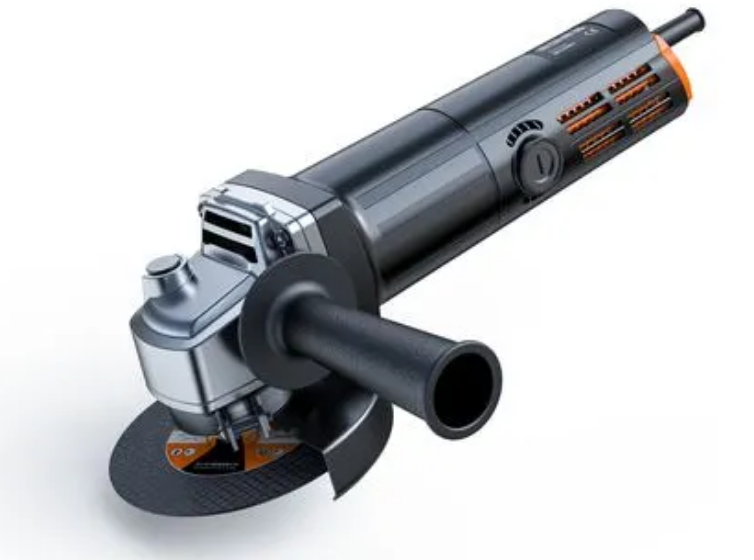
What is bore size on angle grinder?
The bore size on an angle grinder refers to the diameter of the hole in the center of the grinding or cutting disc. This hole is designed to fit onto the grinder’s spindle. The bore size must match the spindle size of the angle grinder for the disc to fit properly. Common bore sizes include 22mm and 16mm, but this can vary depending on the specific model of the grinder.
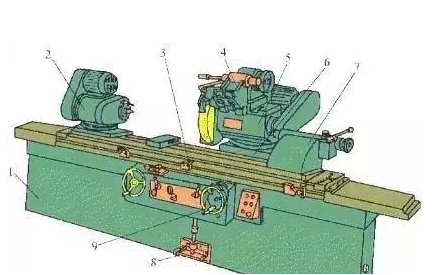
What is an angle grinder attachment?
An angle grinder attachment is an accessory that can be fitted onto the spindle of the angle grinder to perform a specific task. These attachments include a variety of discs for grinding, cutting, polishing, and sanding, as well as wire brushes for rust and paint removal. The type of attachment used will depend on the job at hand.
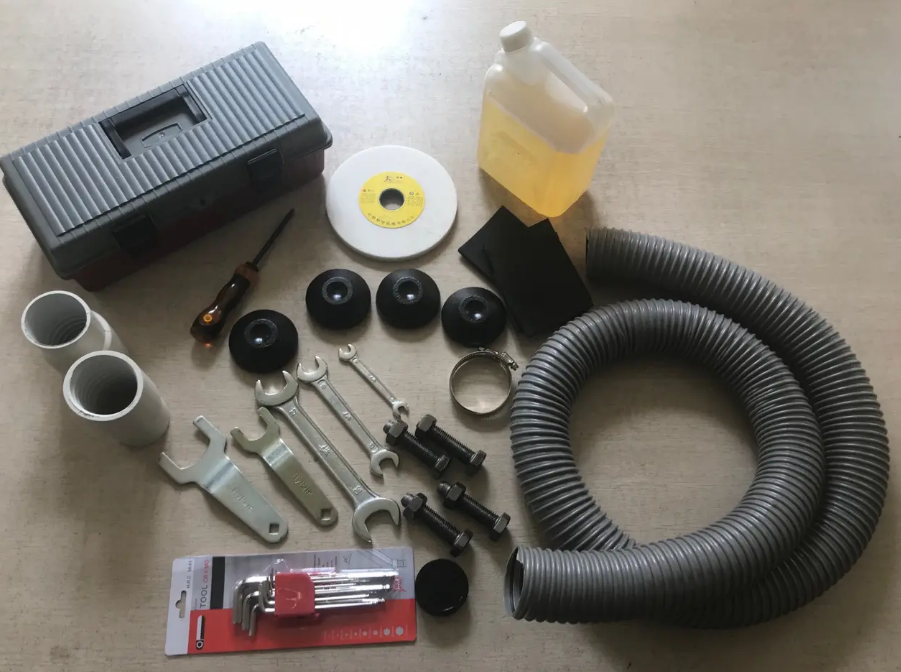
What is an arbor on a grinder?
The arbor on a grinder is the spindle that the grinding or cutting disc is mounted on. It is the part of the grinder that rotates and drives the disc to perform the cutting or grinding action. The size of the arbor determines what size disc can be used with that particular grinder.
Can you weld with an angle grinder?
While you cannot directly weld with an angle grinder, it is an indispensable tool in the welding process. Angle grinders are used to clean and prepare the metal before welding, as well as to grind down weld seams and remove excess material after welding. However, the actual act of fusing metal together, which is what welding is, must be done with a welding machine.
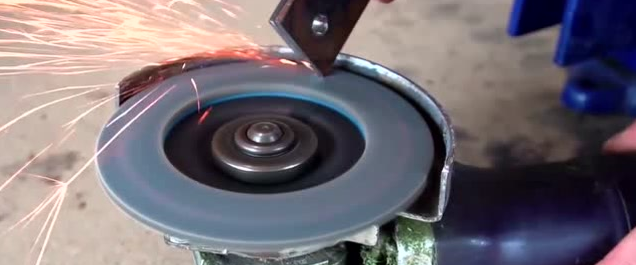
Can you use an angle grinder on steel?
Yes, you can use an angle grinder on steel. In fact, it is one of the most common uses for this tool. With the right disc attachment, an angle grinder can be used to cut, grind, and polish steel. It is important to always use the appropriate safety equipment when using an angle grinder on steel to prevent injuries from sparks and flying debris.
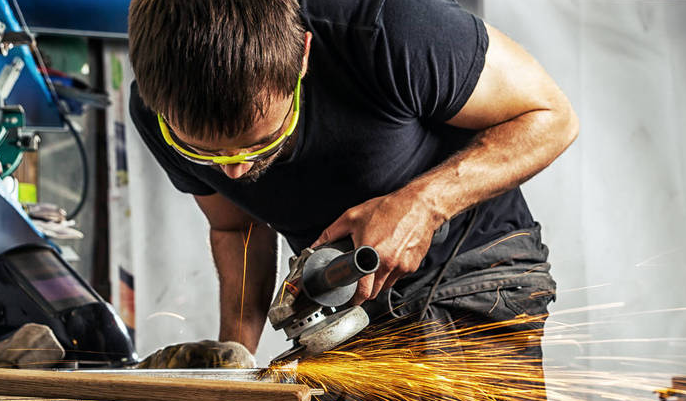
What are the disadvantages of angle grinder?
While angle grinders are incredibly versatile and useful, they also have some disadvantages. They can be dangerous if used improperly, with risks including cuts, burns, and eye injuries from flying debris. Angle grinders can also be loud and create a lot of dust. Furthermore, they require a steady hand for precision work, and the quality of the finish can depend largely on the operator’s skill.
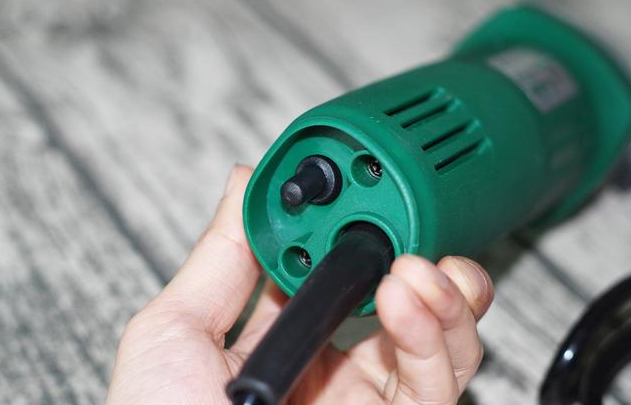
Which is better 115mm or 125mm angle grinder?
The choice between a 115mm and a 125mm angle grinder largely depends on the specific task at hand. A 115mm grinder is generally lighter, more maneuverable, and better suited for precision tasks. A 125mm grinder, on the other hand, is larger and more powerful, making it better suited for heavy-duty tasks like cutting through thick materials. Both sizes have their advantages, so the best one for you depends on your specific needs.
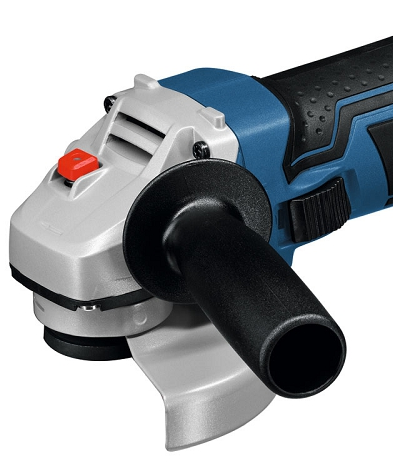
What is M10 and M14 angle grinder?
M10 and M14 refer to the size of the spindle on the angle grinder, which is what the discs or other attachments are mounted on. The M10 has a 10mm diameter, while the M14 has a 14mm diameter. These sizes need to match the center hole of your grinder disc or other attachments. The M14 size is more common and typically found on larger, more powerful grinders, while the M10 is usually found on smaller, more compact models.
Do all discs fit all angle grinders?
No, all discs do not fit all angle grinders. The disc needs to match both the diameter and the bore size of the grinder. The diameter of the disc is usually measured in millimeters and can range from about 100mm to 230mm. The bore size is the diameter of the hole in the center of the disc, which must match the size of the grinder’s spindle. Common bore sizes include 22mm and 16mm. Therefore, when selecting a disc, it’s important to ensure that both the diameter and bore size are compatible with your angle grinder.
